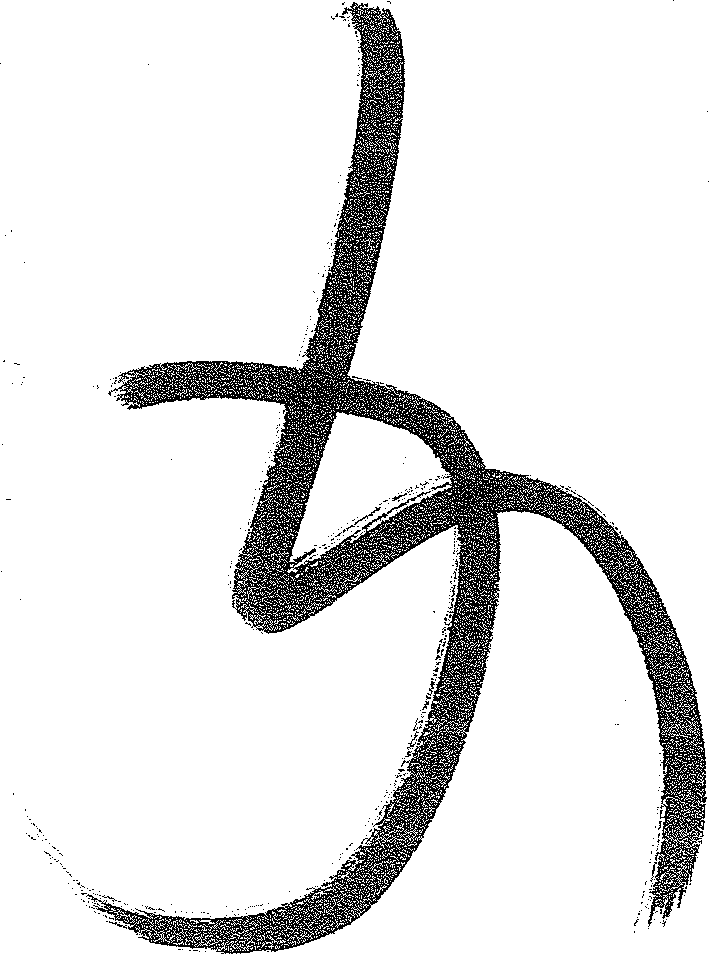Bau 1996
Bau [construction] is composed of several, superimposed processes. I was in particular interested in their interaction: Two proecesses may run in parallel for a time, support and reinforce each other, then one suddenly stops, so the other finds itself alone; in the mean time, a third, imperceptibly, hast started, and by its emergence quality of the space changes completely. Or a dominant process does not let another have it's say (or tone), by constantly covering it or reshaping it beyond recognition. Or a process lends the other some of its parts, letting both join into a new figure. Or two processes just run side by side, without mutual participation of influence, without attraction or repulsion, disruption or connection.
From the point of view of each process, the construction has a different shape. For one process it may be a steadily ascending line. For the other a motion that rises and then falls. For a third, there are two points where it changes its quality, even enters a new dimension. For the fourth again, there are no straight lines, only curved detours.
In this light, maybe that Which Does Not Merge is the topic of the piece. Also on this level: The distinct figures and events by which the processes are realised are more than and apart from this realisation; they develop - regionally or globally - a life of their own which may be contrary to their 'function'. From their vantage point all of these somehow intertwined processes are but a foil that serves to give them their place, their reality for a short moment. They are only interested in the present, and hence, BAU is not least what realizes, for an instant, the unbuilt, the loose, the ephemeral (the flitting, fizzling, escaping, ecstatic).
Wolfram Blum, trombone
